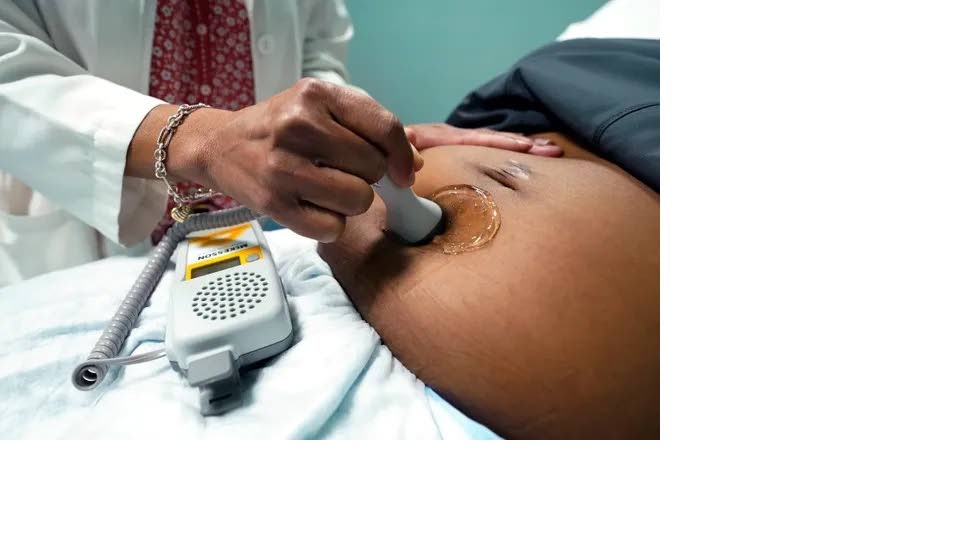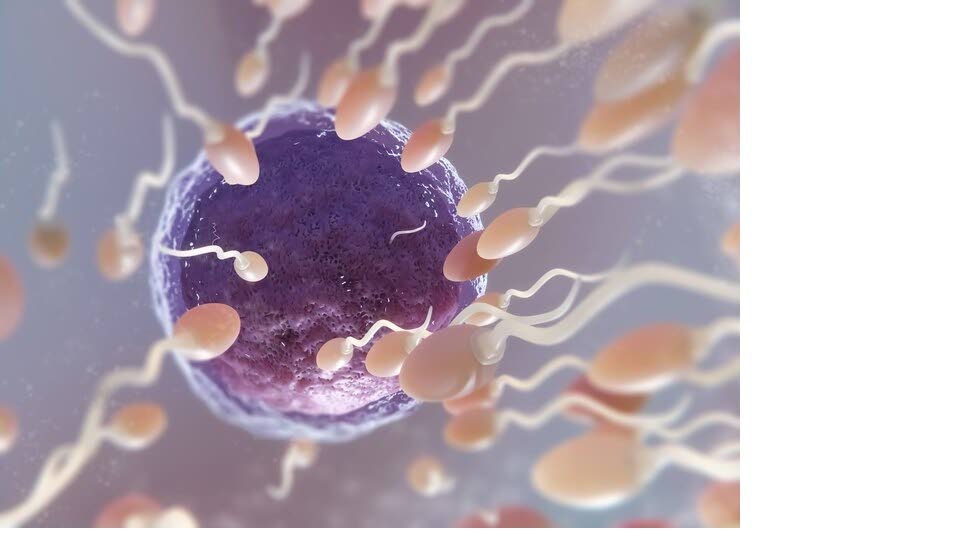Delving into Trinidad and Tobago’s low fertility rate

Trinidad and Tobago has a low fertility rate. Health Minister Terrence Deyalsingh has been speaking on the issue in public forums for some months.
This is not unique to TT but mirrors global patterns.
An article originally published in the peer-reviewed general medical journal, The Lancet and reproduced on healthdata.org’s website said by 2050, over three-quarters (155 of 204) of countries will not have high enough fertility rates to sustain population size over time and this would increase to 97 per cent by 2100.
It said in low-income countries with higher fertility rates, better access to contraceptives and female education would help in reducing birth rates, while in low-fertility, high-income settings polices that support parents and open immigration would be vital to maintain population size and economic growth.
It added that national governments needed to begin planning for emerging threats that would come along with demographic changes such as economic, health, environmental and threats to geopolitical security.
Late last year, Deyalsingh began the conversation about TT’s low fertility rate.
In media reports, he said more people were delaying pregnancies and reducing the number of children they have.
At a recent conference to address issues arising after the deaths of seven babies at the Port of Spain General Hospital (PoSGH), Deyalsingh again repeated statements about TT’s low fertility rate saying that TT’s fertility rate was 1.9 as opposed to the needed 2.1 births per woman.
In 2021, the World Bank said the rate stood at 1.6 per woman.
But what does this mean for the country.
Newsday spoke to some experts on the matter.
Gynaecologist Dr Sherene Kalloo provided a definition of the fertility rate, saying it was the number of children, on average; a woman has during her reproductive years (15-44).

-
Dr Kalloo said the rate in TT had been declining over the years and cited industrialisation as a contributing factor.
In WhatsApp responses to Newsday, she said, “The more industrialised and wealthier a country becomes, birth rates start to decline.”
Repeating statistics given by Deyalsingh, Kalloo said TT’s births were now down to less than 13,000 live births per year with a fertility rate of 1.6.
TT is now facing an under population crisis, she said.
Despite past fears of overpopulation, Kalloo said underpopulation was equally as bad.
She said in the short-term there might appear to be economic benefit from this. “In the past, scarcity of houses, jobs, food, demands on health services as well as a poor economy put a strain on countries.
“A thrust was made to keep the population at bay to catch up,” she said.
The fertility decline could accelerate an increase in the economic composition due to more working age people and fewer dependent young children and elderly people.
“Increases in productivity, combined with an increasing labour force and a gradual reduction of unemployment, can increase the gross domestic product (GDP).
“But the demographic dividend only works in the short-term. Long-term fertility declines often leads to a poor economic outlook,” he said.
Kalloo said a once vibrant nation was now on its way to becoming a country with lots of elderly people and fewer workers.
As possible solutions, Kalloo suggested encouraging the development of a younger workforce to not only maintain the national insurance scheme bit to provide labour and avert an “end-of-life care” crisis for the elderly.
It was also necessary to have consumers for goods and services and ensure innovation continuity.

Kalloo was also concerned that the decline in the fertility rate would lead to a loss of culture and cultural traditions die and there are no people left to carry them on.
Like other experts, Kalloo believes there should be a drive to increase fertility and the Government should begin planning for a population decline.
She said, “Yes we are heading to a point of no return, ‘the low fertility trap,’ where once a country’s fertility rate drops below 1.5 or 1.4 it is difficult – if not impossible – to increase it significantly.”
She saw incentives for couples to have children, grants, houses for people with children, longer maternity and paternity leave, free infertility treatments, policy for insurance companies to pay for IVF treatments, liberalisation of TT’s immigration policy to allow people to live or work in the country and workplace childcare as possible solutions to the approaching low fertility trap.
Like other spaces, Kalloo believes TT’s declining fertility rates were stemming from some women rejecting motherhood, greater educational access for women, ease of contraception and people postponing careers for parenthood.
Other factors included the economic fear of raising children, fear of bringing children into a harsh world, infertility brought on by medical conditions, unknown factors or age. Male infertility was also on the rise, Kalloo said.
Continues tomorrow with a look at infertility in men

Comments
"Delving into Trinidad and Tobago’s low fertility rate"